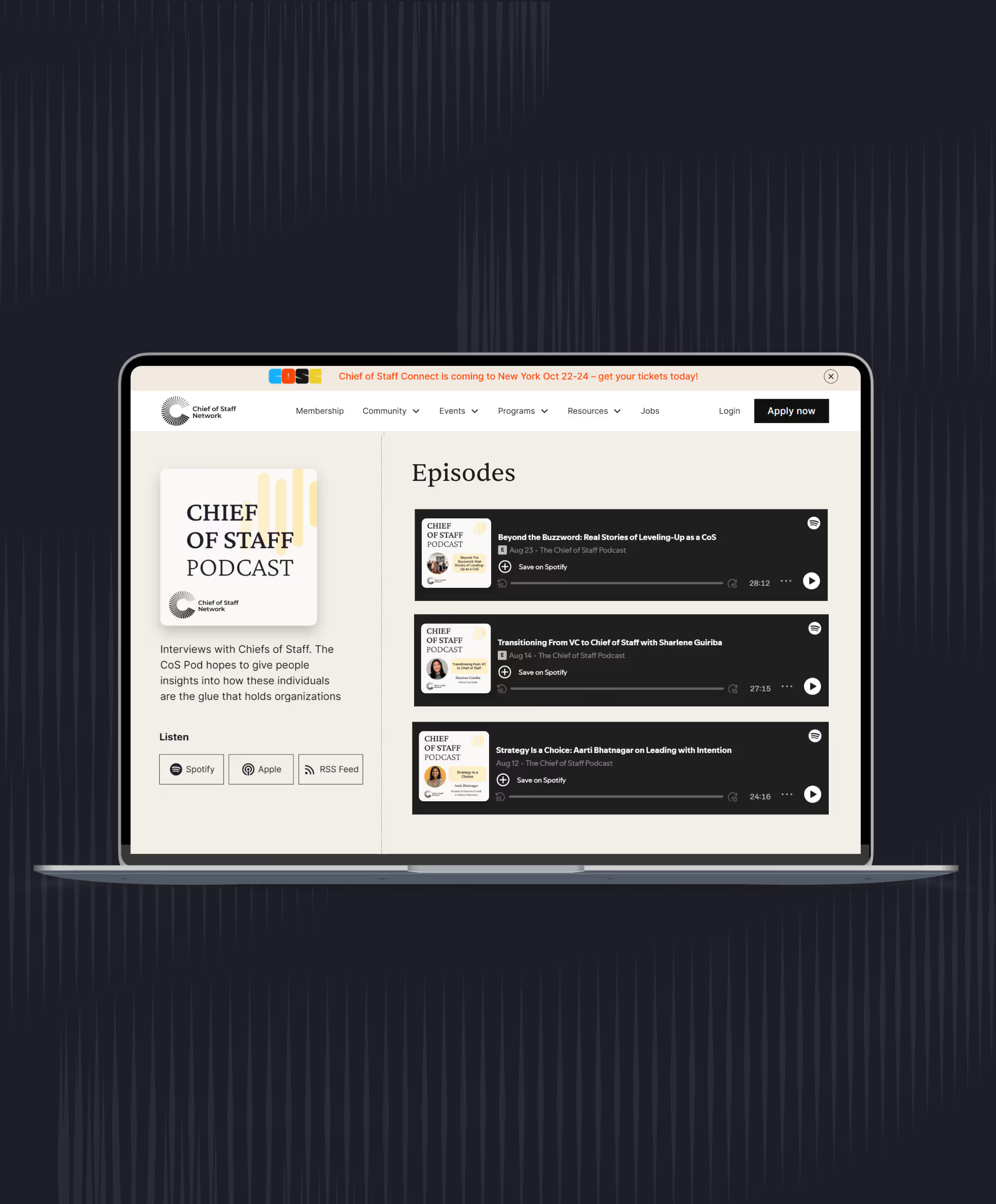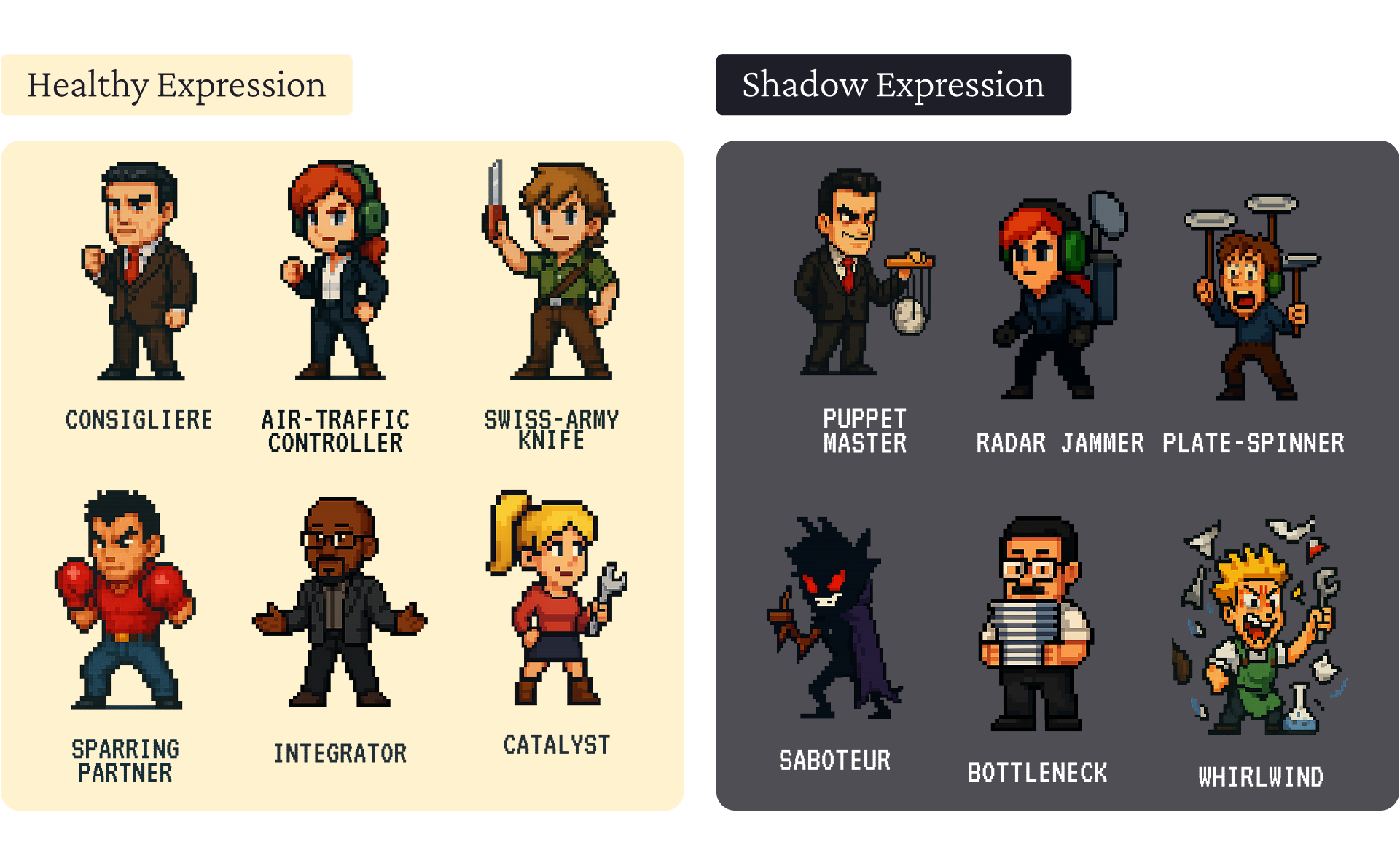“The quality of your life ultimately depends on the quality of your decisions.” -Ray Dalio, Founder of Bridgewater Associates
Decision-making is one of the most critical skills for startup success. According to a study by CB Insights, 42% of startups fail because they make the wrong product-market fit decisions. Another study by Startup Genome found that 70% of startups scale up too early or too late, leading to bloat or missed opportunities, respectively.
The challenge is that innovative businesses operate in a context of high uncertainty, limited resources, and fierce competition. They need to balance research and execution, experimentation and validation, autonomy and alignment. So how can you master the art and science of decision-making in startups? In this blog post, I will share with you some proven decision making tools and principles that can help you make better decisions for your startup and avoid analysis paralysis. You will learn how to:
- Classify decisions into Type 1 and Type 2
- Use RAPIDs to make Type 2 decisions faster and more effectively
- Abide by the Disagree and Commit philosophy
Triaging Decisions
Before you make any decision, you need to ask yourself one simple question: Is this a one-way door or a two-way door?
This is a concept popularized by Jeff Bezos, the founder of Amazon. He explains that some decisions are consequential and irreversible or nearly irreversible: Type 1 decisions. These are one-way doors. You can’t go back once you walk through them, so you must think hard and consult widely before you make them.
Other decisions are reversible: Type 2 decisions. These are two-way doors. You can go back and forth as you please. You don’t need to overthink them. You just need to make them quickly and learn from them.
Here are some examples of Type 1 and Type 2 decisions:
Type 1:
- Betting your business on the launch of a new product or service that requires significant investment and resources.
- Acquiring or merging with another company that has a different culture and vision.
- Hiring or firing a key executive or leader that affects the direction and morale of the organization.
Type 2:
- Testing a new feature or design with feature flags that can be easily rolled back or modified.
- Choosing a vendor or supplier for a non-critical need that can be switched or renegotiated.
- Experimenting with a new marketing channel or campaign that can be measured and optimized.
The key to decision triage is to recognize which type of decision you’re facing and apply the appropriate decision-making framework accordingly.
OK, so you’ve learned how to tell the difference between one-way door and two-way door decisions. But how do you actually make them? In this section, I’ll share with you one of my favorite decision-making tools: RAPIDs.
RAPIDs were created at Bain & Company and repopularized by Emilie Choi, COO of Coinbase. They help you assign clear roles based on the relevant parties’ expertise and authority. Let’s dive into the RAPIDs framework and see how it works in action.
RAPID is an acronym for the five roles that you need to assign to different people when you make a decision. Here’s what each role does and who should fill it:
- Recommend: This is the person who flags the issue and comes up with a proposed solution. They should be experts in the topic and have the skills to analyze the data and weigh the pros and cons.
- Agree: These are stakeholders whose input is vital to the decision. Often, Legal and Compliance are in this group to ensure no one is breaking the law.
- Perform: This is the person or group who executes the decision once it’s made. Therefore, they should contribute to the decision-making process so they are bought in.
- Input: This is the person or group who provides information and facts to the Recommend role. They should be the ones who have access to relevant data and resources that can help make informed decisions.
- Decide: This is the person who has the final say on the decision. They should be a manager or executive who has the authority and accountability for making decisions that align with the organization’s goals.
- In a Type 1 case, this should be the CEO.
- In a Type 2 case, this should be someone other than the CEO.
If reaching consensus takes more than 5 minutes, you should switch to RAPIDs. Here’s the process:
- The identifier of an issue or decision (the R) writes a memo with the following:
- The Issue
- The Proposed Solution
- The group of stakeholders we discussed above
- The R then reaches out to all the As, Ps, and Is to solicit their input on the memo. Once this input is received, the document is ready to be reviewed by the D.
- The R schedules a Decision Meeting and invites the other stakeholders.
- If the issue is urgent, the R schedules this Decision Meeting as soon as it needs to be.
- If the issue is non-urgent, the R can use the next Team Meeting as the Decision Meeting. (This option is much more efficient and is best when the issue is non-urgent.)
- At the Decision Meeting, the D reads through the document and asks any questions. If the participants can answer her questions in 5 minutes, she decides. If the team cannot answer in 5 minutes, she asks for another round of written responses on the document to answer her questions. At the next Team Meeting, she reviews these responses and decides.
- Once the D decides, she writes up the Decision (or asks the R to do so) and all the Next Actions (each with a DRI and Due Date).
RAPID has many advantages that can help you make better decisions, such as:
- Better quality: RAPID ensures that you make decisions based on the best information available by involving the right people with the right expertise.
- More efficiency: RAPID speeds up the decision-making process by clarifying the roles and responsibilities of the key people involved.
- Clearer communication: RAPID improves communication between the key people involved in the decision-making process by making sure that everyone knows their roles and responsibilities.
- Lower risk: RAPID reduces the risk of making bad decisions by making sure that all of the potential risks and consequences are considered before a decision is made.
Voted Yay or Nay? Doesn’t matter. Commit.
When a decision is made, it’s imperative for everyone to get onboard and execute as if it was their idea. The “Disagree and Commit” principle is a way to achieve this alignment and foster a culture of trust and accountability in your team.
What does it mean? It means that you can disagree with a decision, but once it’s made, you commit to it 100% and execute it as if it was your own. It also means that you can ask others to do the same for the decisions you’ve made.
Why is this important? Because businesses are full of uncertainty and ambiguity. You don’t have time or resources to waste on endless debates or second-guessing. You need to have a team that trusts and supports each other, even when they don’t agree.
How do you apply it? Here are four simple steps:
- When you disagree with a decision, don’t be shy. Speak up and share your reasons and evidence respectfully in the RAPID process.
- When someone disagrees with you, don’t get defensive. Listen and try to understand their point of view. Acknowledge their input and address their concerns.
- When a decision is final, whether by consensus or by authority, ask yourself if you can live with it and support it. If yes, then commit to it fully and do your best to execute it. If not, then escalate the issue to a higher authority or exit the situation gracefully.
- When you make a decision that others disagree with, ask them if they are willing to gamble with you on it. Explain your logic and expectations clearly and respectfully. If they agree, then thank them for their trust and commitment. If they disagree, then reconsider your decision or seek a higher authority’s input.
- By following the Disagree and Commit principle, you can make better decisions for your startup and create a positive and productive team culture.
In summary, you should classify your decisions, use RAPIDs to assign roles and responsibilities, and execute the decision. If some people disagree with the decision, they should still commit to it and support it as a team. By following these principles, you can make better decisions faster and achieve your goals more effectively.
To learn more, apply for CoS Network membership here.







.avif)
.avif)








